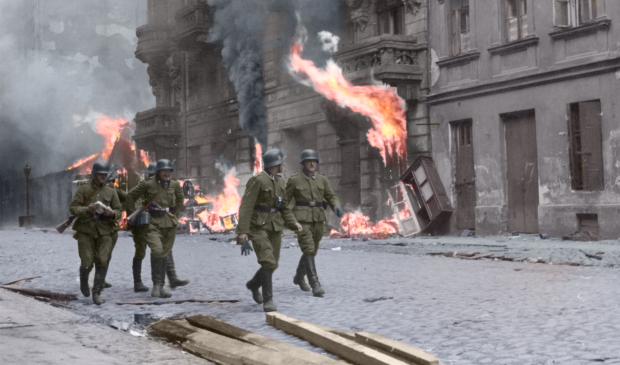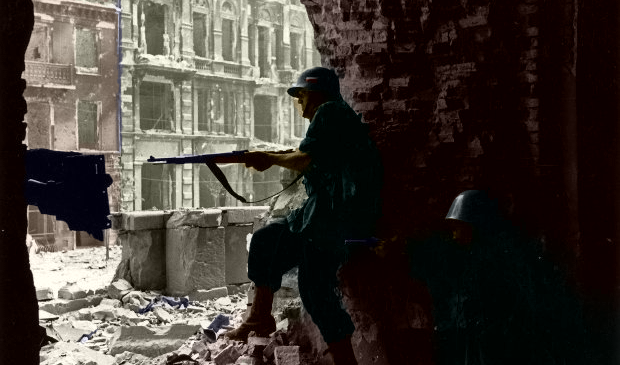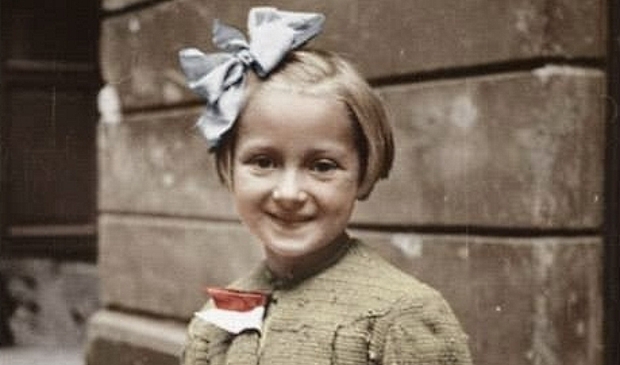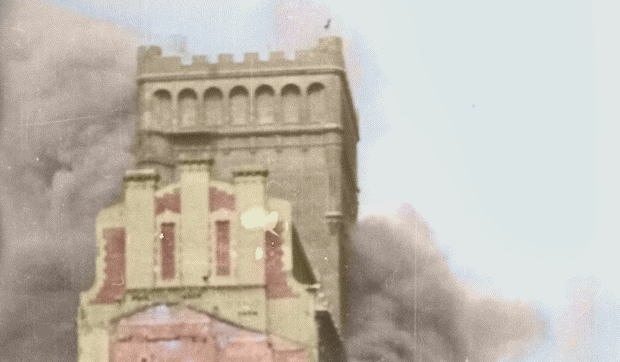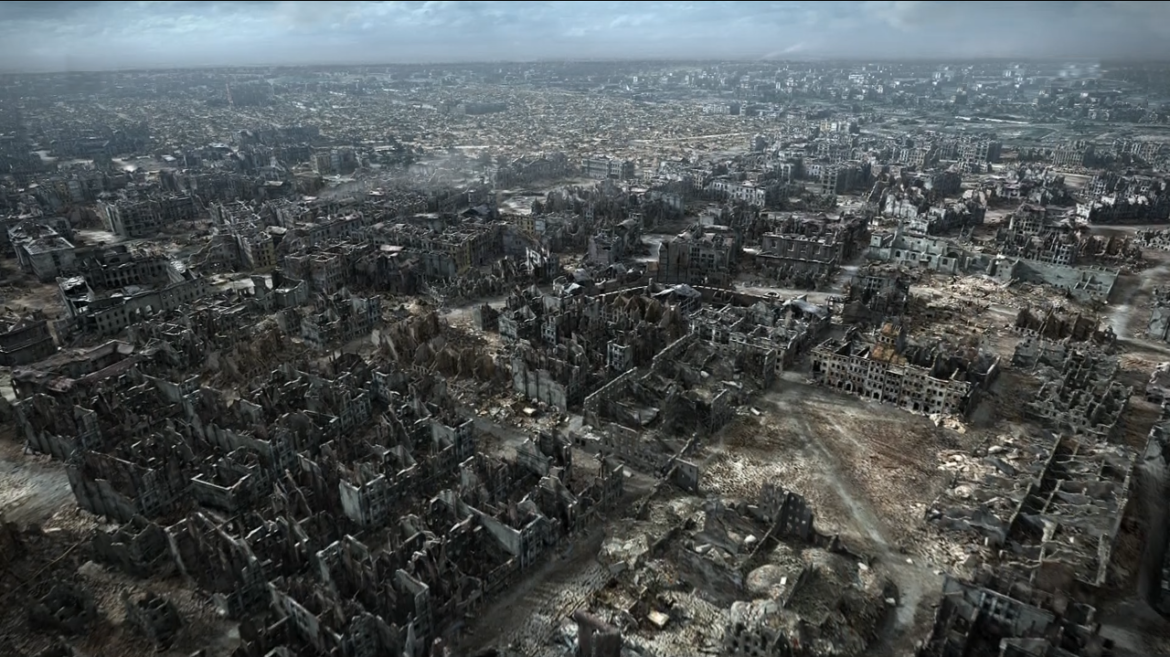
Rarely in human history, modern or ancient, there is a situation when an entire city goes through total destruction. This is a picture we usually can see in apocalyptic movies or video games. And it is usually caused by either epic catastrophy, alien invasion or other villan destructive activities. However it has taken an actual place last century with Warsaw during World War II and it’s been thoroughly planned and executed.
The planned destruction of Warsaw refers to the largely-realized plans by Nazi Germany to raze the city. The plan was put into full motion after the Warsaw Uprising in 1944.
The uprising had infuriated German leaders who now wanted to make an example of the city, which they had long before selected for a major reconstruction as part of their plans to Germanise Eastern Europe
Destruction of Warsaw was planned before its final destruction in 1944 and even before the start of World War II. According to the Pabst Plan, originated of 1940, Warsaw was to be turned into a provincial German city of 130,000. Third Reich planners drafted precise drawings outlining a historic “Germanic” core where a select few landmarks would be saved such as the Royal Castle which would serve as Hitler’s state residence. The Plan, which was composed of 15 drawings and a miniature architectural model, was named after German army architect Friedrich Pabst who refined the concept of destroying a nation’s morale and culture by destroying its physical and architectural manifestations. The design of the actual new German city over the site of Warsaw was devised by Hubert Gross. The project was soon incorporated into Generalplan Ost. The aftermath of the failure of the Warsaw Uprising presented an opportunity for Hitler to begin to realize his pre-war conception.
The city must completely disappear from the surface of the earth and serve only as a transport station for the Wehrmacht. No stone can remain standing. Every building must be razed to its foundation. —SS chief Heinrich Himmler, October 17 1944, SS officers’ conference
A few days after the outbreak of the uprising Hans Frank wrote in his diary: “Almost all Warsaw is a sea of flames. To set houses afire is the surest way to deprive the insurgents of their hiding places. When we crush the uprising, Warsaw will get what it deserves – complete annihilation.“
Looting and destructing
After the remaining population had been expelled, the Germans began the destruction of the remnants of the city. Special groups of German engineers were dispatched throughout the city in order to burn and demolish the remaining buildings.
According to German plans, after the war Warsaw was to be turned into nothing more but a military transit station. The demolition squads used explosives and flamethrowers to methodically destroy house after house. They paid special attention to historical monuments, the Polish national archives, and other places of interest whose destruction was carried out under the supervision of German scholars. What couldn’t be taken by Germans was to be burnt or destroyed. Nothing was to be left of what used to be city of Warsaw
By January 1945, between 85% and 90% of the buildings had been completely destroyed; this includes up to 10% as a result of the September 1939 campaign and following combat, up to 15% during the earlier Warsaw Ghetto Uprising, 25% during the Uprising, and 40% due to systematic German demolition of city after the uprising.
0 Comments
Leave a reply
You must be logged in to post a comment.


